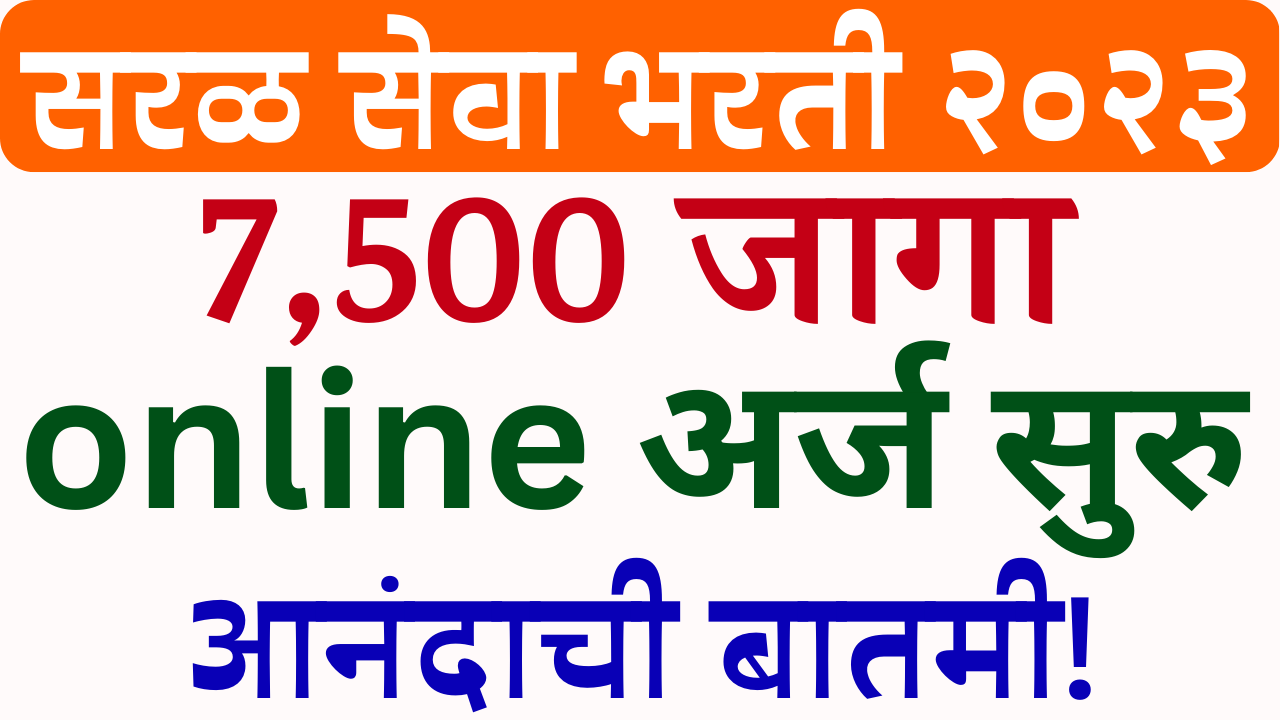Scheme of the SSC CGL Examination
Tier I
Time allowed: 1 hour
Subjects and Number of Questions
- General Intelligence and Reasoning – 25 Questions
- General Awareness – 25 Questions
- Quantitative Aptitude – 25 Questions
- English Comprehension – 25 Questions
Tier I will consist of objective type, multiple choice questions. The questions will be set in both English and Hindi, except for English Comprehension. There will be negative marking of 0.50 for each wrong answer.
Tier II
There are three papers in Tier II:
Paper I: Mathematics and Reasoning
Session I
- Section I:
- Module I: Mathematical Abilities
- Module II: Reasoning and General Intelligence
- Section II:
- Module I: English Language and Comprehension
- Module II: General Awareness
- Section III:
- Module I: Computer Knowledge
Session II (15 minutes)
- Section III:
- Module II: Data Entry Speed Test Module
Paper II: Statistics
Paper III: General Studies (Finance and Economics)
Detailed syllabus of SSC CGL
General Intelligence & Reasoning: This section will test the candidates’ ability to solve both verbal and non-verbal type questions. It will cover topics like analogies, similarities and differences, space visualization, spatial orientation, problem-solving, analysis, judgment, decision making, visual memory, discrimination, observation, relationship concepts, arithmetical reasoning, and figural classification, arithmetic number series, non-verbal series, coding and decoding, statement conclusion, syllogistic reasoning, etc. The detailed topics are as follows:
- Semantic Analogy
- Symbolic/Number Analogy
- Figural Analogy
- Semantic Classification
- Symbolic/Number Classification
- Figural Classification
- Semantic Series
- Number Series
- Figural Series
- Problem Solving
- Word Building
- Coding & decoding
- Numerical Operations
- Symbolic Operations
- Trends
- Space Orientation
- Space Visualization
- Venn Diagrams
- Drawing inferences
- Punched hole/pattern-folding & un-folding
- Figural Pattern-folding and completion
- Indexing
- Address matching
- Date & city matching
- Classification of center codes/roll numbers
- Small & Capital letters/numbers coding, decoding, and classification
- Embedded Figures
- Critical thinking
- Emotional Intelligence
- Social Intelligence
General Awareness: This section aims to test the candidates’ general awareness of the environment around them and its application to society. The questions will also cover knowledge of current events and everyday observations and experience in their scientific aspect as expected of any educated person. Additionally, it will include questions relating to India and its neighboring countries, especially pertaining to History, Culture, Geography, Economic Scene, General Policy & Scientific Research.
Quantitative Aptitude: This section tests the candidate’s ability to use numbers appropriately and their number sense. The scope of the test will cover computation of whole numbers, decimals, fractions, and relationships between numbers, Percentage. Ratio & Proportion, Square roots, Averages, Interest, Profit and Loss, Discount, Partnership Business, Mixture and Alligation, Time and distance, Time & Work, Basic algebraic identities of School Algebra & Elementary surds, Graphs of Linear Equations, Triangle and its various kinds of centers, Congruence and similarity of triangles, Circle and its chords, tangents, angles subtended by chords of a circle, common tangents to two or more circles, Triangle, Quadrilaterals, Regular Polygons, Circle, Right Prism, Right Circular Cone, Right Circular Cylinder, Sphere, Hemispheres, Rectangular Parallelepiped, Regular Right Pyramid with triangular or square base, Trigonometric ratio, Degree and Radian Measures, Standard Identities, Complementary angles, Heights and Distances, Histogram, Frequency polygon, Bar diagram & Pie chart.
English Comprehension: This section tests the candidate’s ability to understand correct English, basic comprehension, and writing ability. The questions will cover topics like reading comprehension, vocabulary, grammar, sentence structure, synonyms, antonyms, and correct usage of words.
Note: The above syllabus is subject to change as per the discretion of the exam conducting authority.


